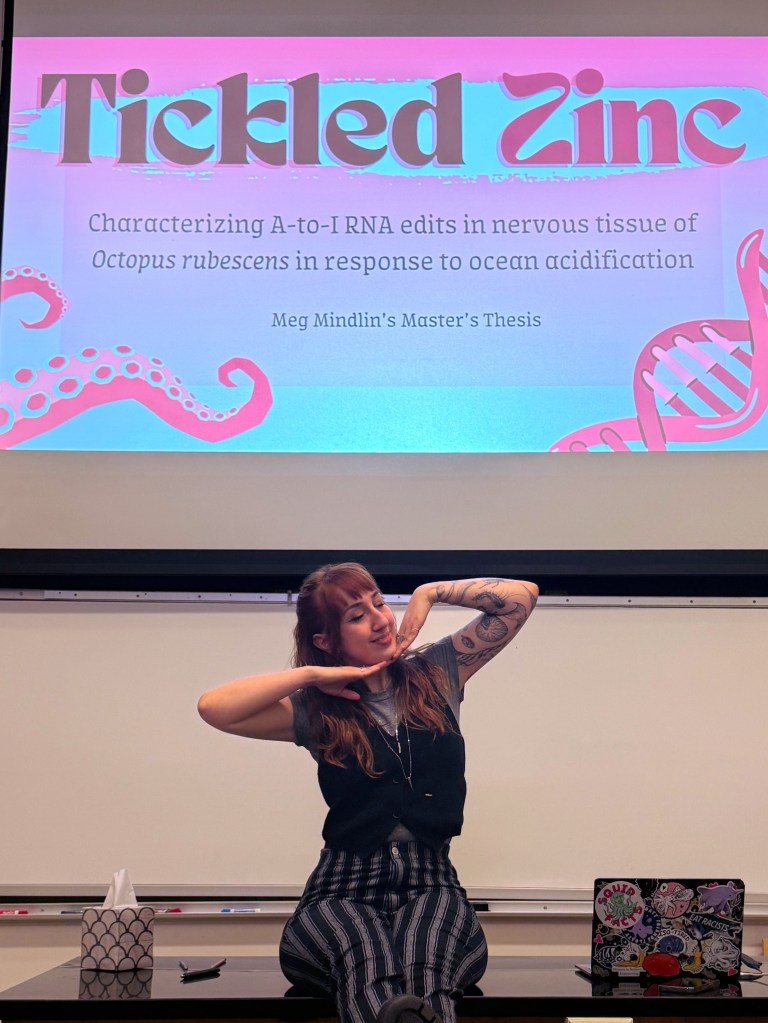Higher education provides students with the opportunity to participate in a diverse range of academic programs that facilitate further exploration beyond the classroom. Participating in a guided research project offers valuable exposure to discipline-specific inquiry. Under the mentorship of a faculty research advisor, students gain critical skills such as project management, research methods, and early professional development. While the roles and responsibilities of the research advisor can vary depending on the type of research (e.g., human subjects, qualitative, quantitative, mixed methods), there are commonalities in how to best support student researchers. These strategies highlight best practices along with other important considerations for research advisors.
Traditionally, a research advisor guides and oversees student-led research by providing pivotal insight and direction throughout the project (National Academy of Sciences, 2009). The advisor plays a vital role in ensuring that the student follows ethical standards and guidelines. Beyond its formal role, research advisors also serve as mentors who motivate, encourage, and support students as they develop intellectually and professionally. They also create a protected and affirming space for students to be vulnerable in instances of uncertainty as the research project progresses. This dual function as both advisor and mentor has a lasting impact on students’ academic success and career trajectories. Through intentional mentorship and guidance, research advisors help students cultivate scholarly excellence, professional competence, and life skills that extend beyond the academic environment into daily activities.
There are several considerations that may cause faculty members to feel apprehensive about serving as research advisors, especially since these responsibilities extend beyond classroom instruction. This includes increased teaching loads, required committee responsibilities, professional development, community service, and administrative duties (Springer et al., 2023). Balancing these institutional demands can be overwhelming. These expanding roles and expectations contribute significantly to faculty fatigue, often leading to demoralization and persistent stress. Additionally, a student’s aptitude, skills, level of independence, and overall capacity for college-level research can also add to the complexity of serving as a research advisor.
Teaching, Learning, and Engagement Strategies
The advisor role aligns with several teaching and educational philosophies. Notably, Behaviorism (stimuli, reinforcement, and environment) and Essentialism (back to the basics) are all useful. These conceptual and philosophical frameworks are demonstrated in each of the posited strategies through the intentional use of engaging activities and techniques. Also instructive is Jean Piaget’s philosophy, which emphasizes a hands-on approach that focuses on active learning and interaction, which leads to the student’s self-exploration and discovery (Uzun, 2024). Promoting engagement that fosters problem-solving and critical thinking is especially important in the student-researcher-advisor relationship. Serving as a research advisor also requires employing an eclectic approach in relation to teaching and educational philosophies. Throughout each of the following strategies, it is imperative that the student’s learning and each engagement opportunity are meaningful, productive, and place the student researcher at the center of the collaboration. Each of these strategies presents teachable moments not only for students but also for the research advisor. The implementation of each plan to support the student, specifically how and why it is addressed.
Assess Students’ Readiness for Research
Conducting a low-stakes, informal assessment of the students’ interests, strengths, and areas of opportunity is a good starting point. Prior involvement with the student, due to their having taken a course with the faculty, may have already allowed for a preliminary assessment of the student’s preparedness for college-level research. In the absence of experience working with the student, one quick assessment method is to explore the student’s understanding of the research project more deeply. Engage in active listening, ask insightful and probing questions, and allow the process to unfold naturally. This encourages the student to demonstrate what they know about producing a noteworthy project. Students have a wide range of learning styles, competencies, and abilities. The goal is not to judge but to assess through an objective lens. This strategy enables faculty to make informed decisions about the commitment level, existing competencies, and overall student needs when undertaking scholarly research (Sharp, 2002).
Model Behavior and Coach for Success
Engaging students outside of the classroom also allows faculty to demonstrate other skill sets. The research advisor should conduct themselves in a manner that shows students ways to interact with various research stakeholders and how soft skills can be applied across different contexts. Much of the advisor’s time is spent monitoring and supporting the student. It is also imperative that the student is empowered and given the space to work independently, which is vital to students’ metacognition (Howlett, 2021). Research can be daunting; therefore, a key part of the coaching process involves implementing activities and providing affirming feedback that keeps the student engaged and interested. This strategy is essential because it supports students in gaining the requisite proficiencies as a researcher and collaborating with others.
Introduce and Teach Project Management Skills
Prioritizing tasks and effective time management are valuable skills that can enhance a student’s academic, professional, and personal life. Monitoring and evaluating overall goals and objectives promote the success of the research project. A practical approach to this strategy is to assign the student small tasks with specific timelines and deliverables, then provide incremental feedback. Scheduling project meetings to identify immediate tasks and priorities helps students understand and appreciate how to manage projects effectively. Clearly defined due dates, which may sometimes be inflexible, must be communicated (Sharp, 2002). Students are empowered when given relevant information, as well as a clear understanding of each phase of the research project. Adopting this strategy is a value-added benefit for students, as it reduces the likelihood of missed deadlines and critical deliverables throughout the project cycle.
Create a Safe Space for New Experiences and Growth
Naturally, some students may feel intimidated or unsure about how the student-faculty research collaboration will proceed. Uncertainty is expected since this is a new role and experience. It is notably different from previous instructor-student interactions that existed in the classroom. While the faculty advisor anticipates various outcomes, the student also has expectations related to faculty expertise and creativity, as well as benefiting from their full support and constructive criticism (Abbas, 2020). The research advisor must ensure that a safe environment is created for the student to feel empowered to share alternative or completely different viewpoints on various aspects of the research project. Maintaining a safe environment also encourages collaboration, student growth, and overall development. Using this strategy creates an environment of trust, teamwork, and mutual respect.
Finally, regardless of the size or type of institution, service and student engagement activities are viewed positively in higher education. Serving as a research advisor gives faculty the chance to showcase what they do outside the classroom. A large part of their time is dedicated to meeting teaching and learning responsibilities, for which they are evaluated on annually. Great effort is also made to ensure that faculty adequately support students with academic challenges. Taking on the role of research advisor also allows high-achieving students to be engaged. Additionally, this role supports and addresses the needs of students with aspirations for graduate studies, those seeking more challenging opportunities, or who have a general interest in scholarly research. Ultimately, it is a win-win situation for both the student and the faculty member who takes on this important role.
Curtis L. Todd, PhD, is Professor of Social Work in the School of Arts and Sciences at Atlanta Metropolitan State College, where he also provides instruction in Criminal Justice. Quintero J. Moore, MD, is Assistant Professor of Biology in the School of Arts and Sciences at Atlanta Metropolitan State College.
References
Abbas, A., Arrona-Palacios, A., Haruna H., and Alvarez-Sosa, D. 2020. Elements of students’ expectation towards teacher-student research collaboration in higher education. Frontiers in Education Conference (FIE): IEEE.
Howlett, M.A., McWilliams, M.A., Rademacher, K. et al. 2021. Investigating the Effects of Academic Coaching on College Students’ Metacognition. Innovative Higher Education: Springer Nature.
National Academy of Sciences, National Academy of Engineering (US) and Institute of Medicine (US) Committee on Science, Engineering, and Public Policy. (2009). On Being a Scientist: A Guide to Responsible Conduct in Research – Advising and Mentoring. 3rd Edition. National Academies Press: National Academy of Sciences.
Sharp, J.A., Peters, J., & Howard, K. (2002). The Management of a Student Research Project. 3rd Edition. Routledge: Taylor & Frances Group.
Springer, A., Oleksa-Marewska, K., Basinska-Zych, A., Werner, I., and Bialowas, S. (2023). Occupational burnout and chronic fatigue in the work of academic teachers-moderating role of selected health behaviours. National Library of Medicine: PLoS One.
Uzun, Aylin. 2024. Education Based on Piaget’s Theory. Research In Educational Sciences-I: IKSAD.







